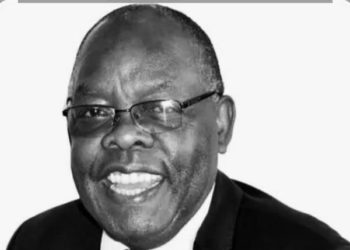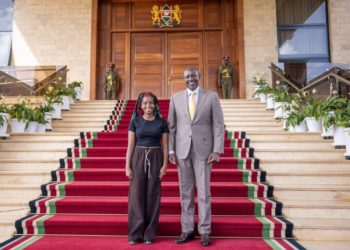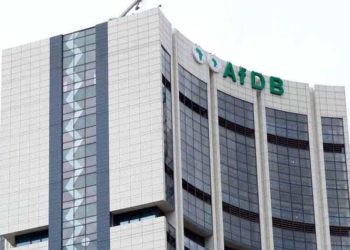Adam Smith’s seminal work, ‘Wealth of Nations’ has long been a cornerstone in economic theory, advocating for free markets, individual enterprise, and the invisible hand of the market. In recent times, as Kenya embarks on its Bottom-Up Economic Transformation Agenda (BETA), it is intriguing to examine how the foundational principles outlined by Smith, in the first two chapters of his book, resonate with Kenya’s evolving economic landscape.
Chapter 1: The Division of Labour
In the first chapter of ‘Wealth of Nations’ Smith emphasizes the concept of the division of labour, a principle that rings true in Kenya’s Bottom-Up approach. He argues that dividing work into specialized tasks and having different workers focus on specific aspects of production leads to increased efficiency and productivity. This division, he claims, is limited by the extent of the market. In simpler terms, the more extensive the market (meaning more buyers and sellers), the greater the potential for specialization and economic growth.
Chapter 2: The Principle of Self-Interest and Competition
Smith’s second chapter delves into the role of self-interest and competition in driving economic prosperity. Smith posits that individuals, when pursuing their own interests, unintentionally contribute to the overall good of society. He explains that self-interested actions drive economic transactions, leading to the production of goods and services that meet societal needs. He emphasizes that the pursuit of profit and self- interest, within a framework of fair competition, can lead to a wealthier and more prosperous society.
Application to Kenya’s Bottom-Up Model
The Bottom-Up Economic Transformation Agenda in Kenya echoes Smith’s emphasis on local empowerment. By focusing on small-scale enterprises, agriculture, and cottage industries, the model fosters self-reliance and resilience within local communities. It promotes a spirit of entrepreneurship, encouraging individuals to pursue economic endeavours that align with their skills and interests. By empowering local communities and encouraging specialized skills, the model fosters a diverse economic ecosystem.
Read more: Lilian Nyawanda returns to KRA as Customs boss
For instance, Kenyan artisans specializing in traditional crafts, when supported, can become significant contributors to the local economy. In early October 2023, the Kenyan Cabinet lifted the ban on artisanal mining in a historic step meant to uphold the dignity of every citizen and strengthen the nation’s mining industry. Artisanal mining has historically been carried out using traditional methods, providing a living for many Kenyans. Recently, it was reported that a decision had been made to improve accountability and formalise this crucial effort. Encouragement of miners to form cooperatives or organisations was also approved by Cabinet, which is a big step towards giving these people more power and assuring environmentally friendly mining methods.
Moreover, the model promotes social inclusivity. By supporting the economically disadvantaged, it aligns with Smith’s vision of a just society. The Bottom-Up approach aims to bridge the economic gap, ensuring that the benefits of growth are widespread, empowering even the most marginalized individuals to actively
participate in the economy.
In Kenya’s Bottom-Up approach, local entrepreneurs and businesses are encouraged to pursue their self- interest within a competitive market. By supporting small businesses and start-ups, the model harnesses the ambition of individuals, aligning with Smith’s belief that personal ambitions, when channelled effectively, can lead to the collective good. The Kenyan Government has established the Financial Inclusion Fund, commonly known as the Hustler Fund, to cushion the informal sector, which constitutes more than 80.0 percent of the workforce and contributes over 33.0 percent to the Gross Domestic Product (GDP). The Hustler Fund’s core objective is to provide holistic financial solutions to those at the bottom of the economic and social pyramid.
This initiative encompasses affordable credit, competitive savings and pensions products, comprehensive insurance solutions, access to affordable housing, market linkages, and financial literacy. By fostering self-reliance and entrepreneurship, this approach not only aligns with Smith’s concept of personal ambition driving collective good but also addresses the financial needs of the majority, promoting inclusive economic growth.
Adam Smith’s timeless principles in ‘Wealth of Nations’ find resonance in Kenya’s Bottom-Up Economic Transformation Model. By embracing the concepts of the division of labour, self-interest, and competition, Kenya is fostering a vibrant economic environment at the grassroots level. Through localized empowerment, Kenya is not just transforming its economy but also building a foundation for a more equitable and prosperous society, in line with the wisdom imparted by the father of modern economics.
Email your news TIPS to editor@thesharpdaily.com

















